Far Cry 5: Capturing The Look and Feel of Montana
The visual team behind Far Cry 5 talk about what went into recreating Montana's grand vistas and small towns.
This article first appeared on USgamer, a partner publication of VG247. Some content, such as this article, has been migrated to VG247 for posterity after USgamer's closure - but it has not been edited or further vetted by the VG247 team.
While Ubisoft's Assassin's Creed series is about inhabiting a certain era in history, the Far Cry series has always been about inhabiting a certain place in the modern world. The franchise has explored that through fictional versions of real locations: the unnamed Central African nation of Far Cry 2, the Rook Islands of Far Cry 3 stood in for places in the Indian and Pacific Oceans, and Far Cry 4's Kyrat was a fictional country in the Himalayan mountain region.
Now Far Cry 5 is heading to Hope County, a fictional region within Montana. It's a place that might not be foreign and exotic to some, but Ubisoft is still trying to faithfully recreate the area and Montana's specific brand of Americana.
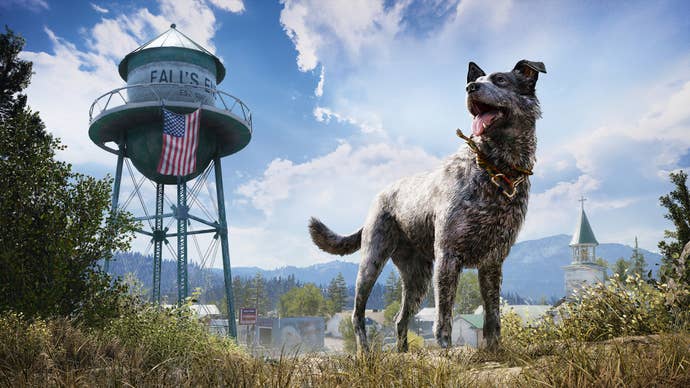
"Far Cry has always been trying to bring players to exotic or remote locations. We want players to be traveling as they discover the environments or worlds that we create. One thing that was a bit different is we actually wanted to bring the experience a bit closer to home for us, or at least something that's a bit more familiar. We were looking for that challenge," said Far Cry 5 associate producer Phil Fournier.
Ubisoft was looking to check off a number of boxes during its search for Far Cry 5's location: interesting vistas, diverse landscapes, good wildlife, and an intriguing culture. Montana just happened to be the unexpected location they settled on. Reference photos from location scouting seemed to fit and the remote region of Montana would fit with the cult takeover that was central to Far Cry 5's plot. You can recreate the real world from memory and stereotypes though, so Ubisoft had to go there.
The team flew to Montana and drove across the state's vast expanse for its reference trip, taking 180,000 photos in total. Fournier himself was the driver for the trip, covering the roadways, the towns, the farmland, and the forests of Montana. They even flew above the region in a plane.
"For me, I wasn't really convinced," began assistant art director Marco Beauchemin. "The images looked pretty, but there was something missing. But the moment I landed in Montana, everything changed for me. It was the most beautiful, raw place I've ever been to. Everywhere you go in Montana, you have a different, beautiful image you can look at. You can be in dense forest one minute and ten minutes later you're in an open area with a huge lake. Then you can be in farmlands. Everywhere we went, we had a different kind of feeling that we wanted to really bring back to our game."
A major technology addition for Far Cry 5 was photogrammetry, which allows the team to take pictures of real world objects and translate those into 3D models. The technology has been used in Resident Evil 7 to create the character models, but the Far Cry 5 team used it to accurately recreate the flora, trees, and rocks that dot the landscape of Montana's "savage beauty". Their second trip to Big Sky Country was all about capturing real references, including photogrammetry shots.
In a production video, the team showed off how far they had to go to get accurate photos and data. Ubisoft prepared for everything, except the weather. Montana responded to Ubisoft's second trip with a bout of snow, forcing to team to have to prepare locations and remove snow in order to get solid references. Luckily, they were able to get another trip, as that data was key to representing the biomes available in Montana correctly.
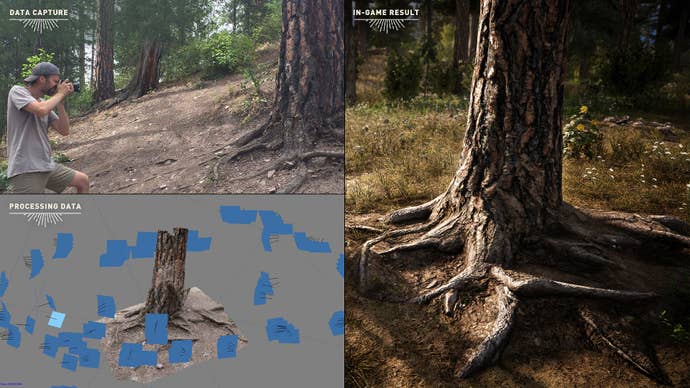
"On this project, we really wanted to push ourselves and push the boundaries of what we could do quality-wise. We had to get out of our comfort zones. Montana was the perfect location for this," said another Far Cry 5 assistant art director, Isaac Papismado.
Using photogrammetry meant that whatever was on an object stayed there. Fournier noted that one of the lead artists was looking at a scanned tree and found a cliche carving of heart-shape with a pair of names inside. Small details like that will end up in the game, because they're a part of the original photogrammetry scans.
Photogrammetry wasn't just used for trees though. Ubisoft scanned the ground for proper environment textures, but also local architecture, to properly build out the living spaces of Hope County. The shift to the modern day United States also changed where the citizens of the game live and work. There are more interiors in Far Cry 5 than previous games, with the players able to go into a number of homes and local businesses.

Every building in Far Cry 5 starts with the basic form and look of the building, pulling from reference photos and photogrammetry assets. Then Ubisoft's art team layers on smaller details, like piping, antenna, and more; things that you only notice when they're not present. Finally, the team adds what they call branding, the additional details and objects that let you know that some character lives in that space. Branding is key to creating Hope County.
"Each person in this house, they have their own goals and their own style that they want to portray. When you play Far Cry and you come across different houses, you really get a sense of who lives there," said Papismado.
That branding is key to selling the feeling of the United States. Take a walk around your city or town. Really pay attention. You'll start to notice all the street signs, advertisements, billboards, and political ads that just sort of fade into the background. Even if you don't leave home, look at how many logos you can see from your couch or desk. They're ubiquitous, so you stop noticing them. But when they're gone, their impact is felt. Out of the 180,000 photos taken by Ubisoft during its trips, almost 9,000 of them are littered with branding of some type.
"At the beginning, we were going into Montana asking, 'What branding will we be needing for our game?' With all the photos that we had, I took them and began to dissect most of what we had. When [branding] is missing, something's wrong. Because it's a part of our everyday life, we don't really see that branding. We cannot live without that branding," said Beauchemin.

Far Cry 5 has a whole branding team now, from a single person at the beginning of the project to a team of five. They come up with fake ads, billboards, and signs for the game, trying to make each and every one look authentic. Ubisoft has crafted whole companies, with logos stretching back fictional decades. Some branding is from local businesses, mom and pop places, named gas stations and general stores. Some of it is professionally done, while others are hand-painted signs and hastily-designed logos. The buildings, the vehicles, the weapons, and even random objects are branded.
For Far Cry 5, branding is seen as part art, part storytelling. It's meant to look visually real, to give you an anchor into the world. It's also meant to impart the story of a particular place.
"Often, we stumbled into [a developer] saying, 'No one will notice that. They won't understand that.' Now we can come back and say, 'I can do something about that. I can inform the player in a way," said Beauchemin. "In this picture we had, there were lots of newspapers on the wall and all of it was telling a story."

As one example, the team pointed to the game's resistance movement, which is based around the local baseball team, the Hope County Cougars. What started as a simple location for the resistance, a baseball field, eventually became a whole series of team logos and memorabilia for the team. Hometown sports culture alive and well, while also showing you where you might find a friendly face. Art and storytelling together.
All this is just the visual side of creating Hope County and recreating Montana in Far Cry 5. Join us next time for part two, where we take a look Ubisoft's efforts to turn Hope County into a fun environment to play around in.
Far Cry 5 will launch on PS4, PC, and Xbox One on February 27, 2018.





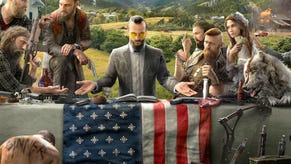

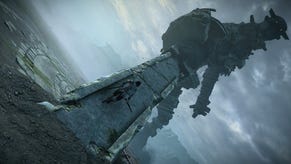

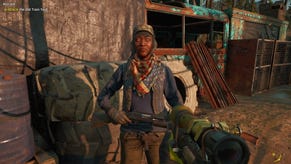






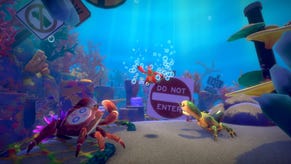
.jpg?width=291&height=164&fit=crop&quality=80&format=jpg&auto=webp)
